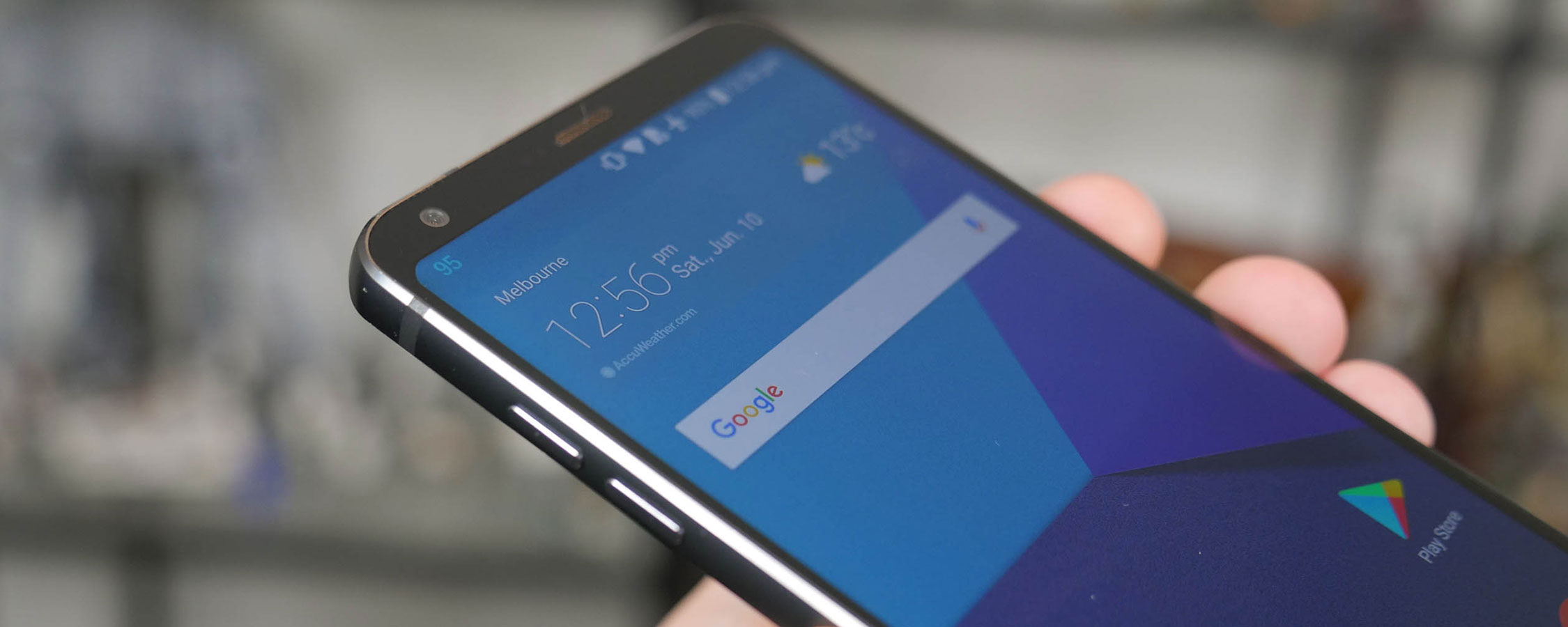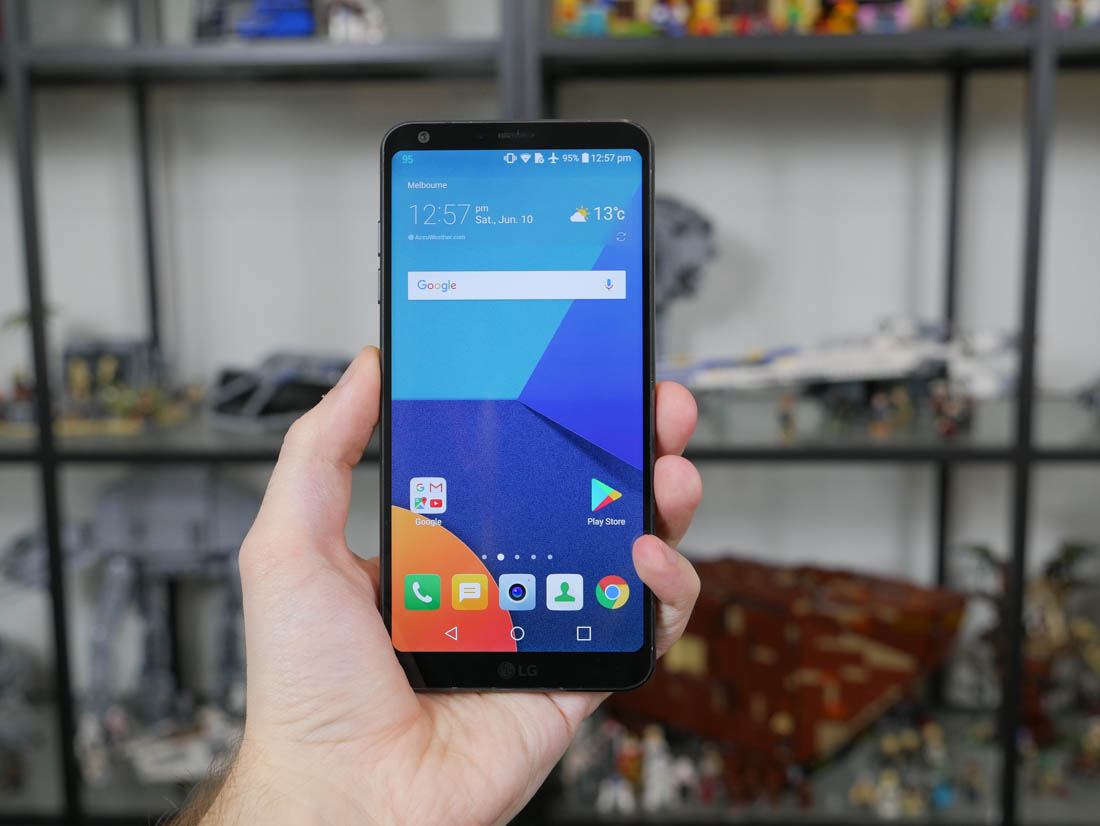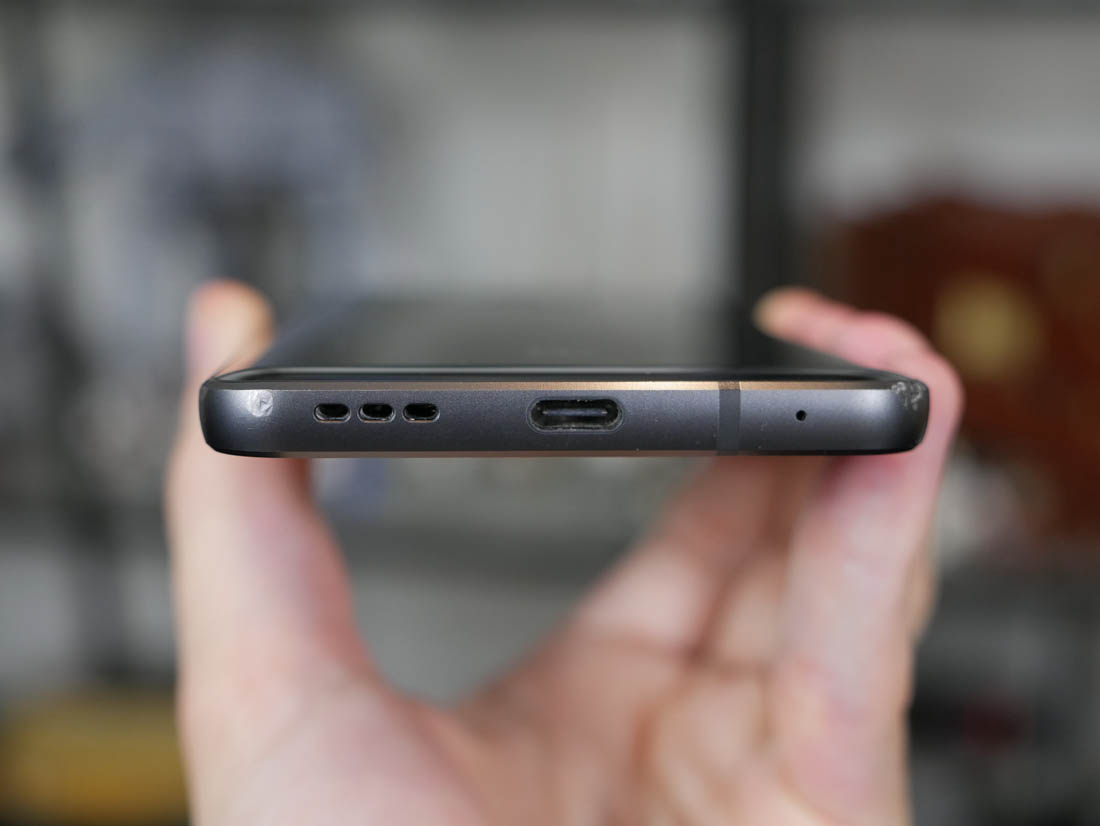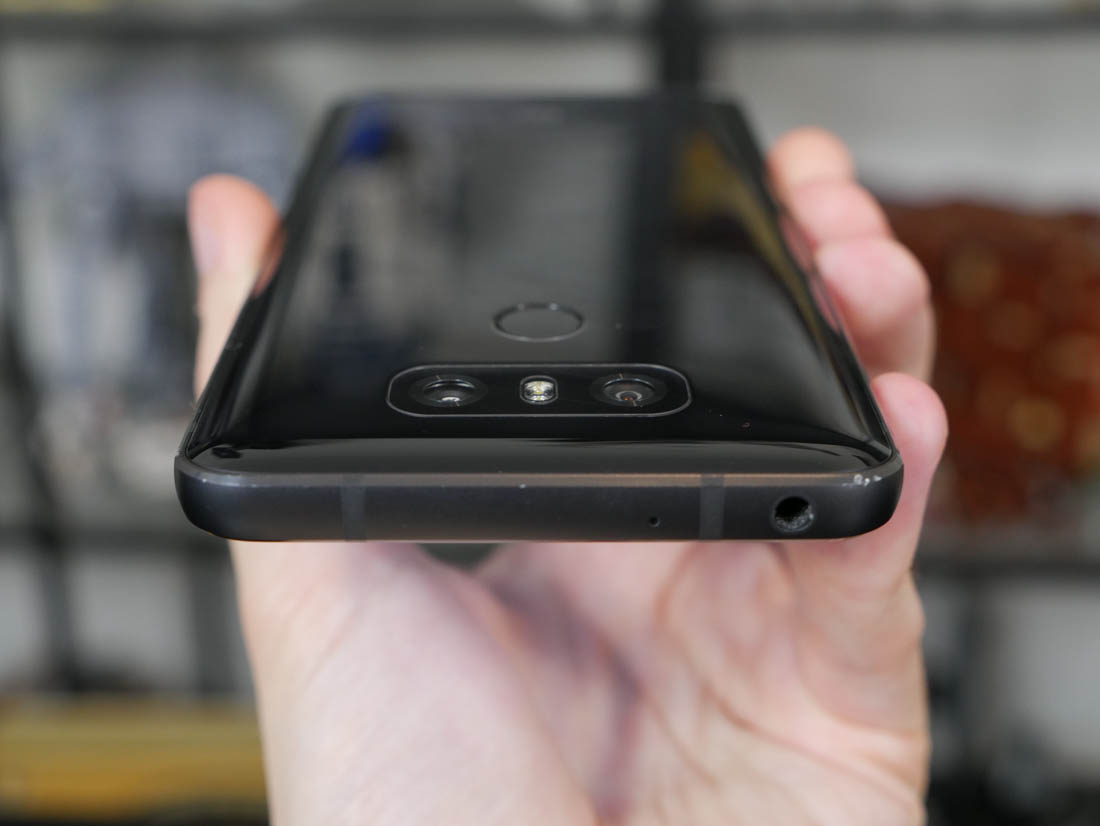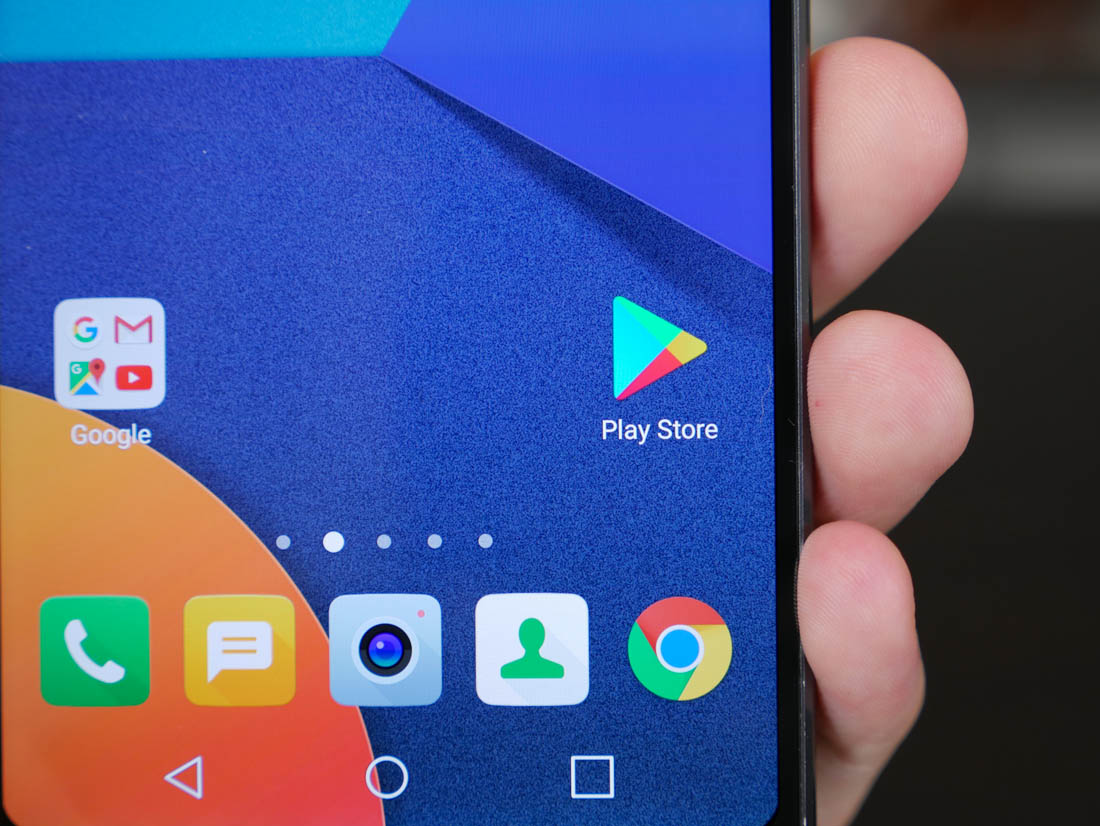Let's get this out of the way first: the LG G5 was a massive disappointment. LG tried to do something unique with the phone's modular design, but ended up offering an impractical device with poor battery life and underwhelming build quality. It wasn't surprising to discover later on that the G5 was not selling well as a high-end device.
The company has lifted their game significantly this year with the all-new LG G6. The modular concept is gone, replaced by a traditional phone design with a collection of high-end hardware. Like the Galaxy S8, LG has extended the display to cover almost the entire front panel, bringing a new aspect ratio into the mix.
The removable battery has been ditched, making way for a larger internal cell, while the dual rear camera setup has been upgraded with new sensors.
But LG hasn't upgraded everything in their new handset. Due to an aggressive schedule that saw the G6 hit the market ahead of other flagships, the phone missed out on Qualcomm's new Snapdragon 835 SoC, instead relying on the older Snapdragon 821. Now that S835 devices are available, this could come back to bite LG throughout the rest of the year.
The design of the G6 is clearly LG's best effort yet. The company has gone from producing average plastic bodies to premium metal-and-glass chassis in the space of two years, which has transformed their premium smartphone offerings. The G6 is a beautiful phone, and although it doesn't try anything crazy, it succeeds through proper use of materials and a seamless build.
The LG G6 is one of several modern smartphones that uses glass on both the front and rear. The front pane is flat and almost seamlessly transitions into the metal edge around all four sides. The glass on the back curves in slightly towards these edges and gives the phone a fancier look than any of LG's previous offerings.
There are some downsides to the all-glass rear panel, primarily its glossy finish that easily accumulates fingerprints. You'll be cleaning the G6 regularly if you hate grime on your handset. Glass also tends to be rather slippery, although the wide metal edges make the phone reasonably easy to grip. The Galaxy S8 is significantly harder to grip than the G6, even though both phones use similar materials.
The G6 has another design advantage over the Galaxy S8: it's not nearly as fragile. I didn't even need to drop the phone myself to figure this out: someone who previously used my G6 review unit quite clearly dropped the G6, leaving a few significant dents around the edges. The screen is perfectly intact and the glass back is also fine, leaving a perfectly functional phone. There is no doubt in my mind that a similar impact to the Galaxy S8 would leave you with a shattered screen and an expensive repair bill.
LG has taken the same approach as Samsung with their phone design, opting for a much higher screen-to-body ratio than most handsets on the market. 78.6% of the front panel is occupied by the 5.7-inch LCD, with slim bezels at the top and bottom. Like the S8, the G6 still crams a front speaker, front camera, and sensors above the display, while it also resorts to on-screen navigation buttons. Displays that occupy almost the whole front panel look fantastic, and this is no exception on the G6.
Compared directly to the Galaxy S8, the bezels on the G6 are larger. Samsung uses a taller 5.8-inch display that occupies 83.6% of the front panel; both phones are the same height, but the S8 is slimmer by a few millimeters. The S8's display is a mere two percent larger, which is a consequence of the different aspect ratios.
LG has continued to use a rear fingerprint sensor on the G6 that doubles as the power button. The fingerprint sensor is in a sensible position and I tend to think they work better than front sensors. The sensor is quick and accurate, though it does take a few days to become properly accustomed to its function as the power button as well. The only buttons around the sides are the volume buttons on the left edge.
Centered above the fingerprint sensor is the dual camera rig with an LED flash in the center. For some reason, LG has used a different type of glass to protect the camera lenses; glass that is more prone to scratches. There are noticeable surface scratches and scuffs on this section of my review unit, which is disappointing, although it doesn't seem to affect image quality.
LG joins the pack of sensible smartphone manufacturers that includes both a USB 3.1 Type-C port along the bottom edge for charging and so forth, along with a 3.5mm headphone jack at the top. There's a single speaker located along the bottom, which is pretty weak, though that shouldn't come as a surprise, however the G6 does make up for it with 32-bit/192kHz audio support through the headphone jack and generally great audio processing.
The G6 also supports a microSD through the single removable tray on the right edge, which also houses the nano-SIM. Some flagship phones support dual-SIM functionality, but the G6 isn't one of them.
I was pleased to see LG finally making their flagship handset water resistant. The G6 is IP68 rated for submersion in up to 1.5 meters of fresh water for up to 30 minutes. Water resistance is almost a requirement for premium phones these days. I don't find myself often needing the water resistance, but it adds durability to the build and facilitates underwater photography. Just don't take the G6 into the ocean, as salt water will corrode the seals.
Display
One of the biggest upgrades made in the G6 is the new 5.7-inch IPS LCD, with a resolution of 2880 x 1440. This gives the display an 18:9 aspect ratio, or more correctly 2:1, which is essentially a vertical extension of 320 pixels from 2560 pixels tall in a traditional 16:9 display to 2880 pixels here. The pixel density remains very high, at 564 PPI, plus with a true three subpixel per pixel layout, the screen here is incredibly sharp.
The new aspect ratio used here is interesting, and presents an upgrade over last year's 5.3-inch 16:9 display on the LG G5. In terms of pure display area, we're getting more screen real estate by jumping from 77.44 sq. cm to 83.84 sq. cm, an increase of eight percent. This extra area is basically entirely additional height, as the G6 display is 1mm slimmer but 12mm taller. As LG hasn't added to the screen's width, the phone is just as easy to hold and operate as before.
If LG had opted for a 5.7-inch 16:9 display instead, we'd be looking at more like a 16 percent area upgrade over the G5, so don't be fooled by the pure diagonal measurement of this display. A 5.7-inch 16:9 display is still seven percent larger than a 5.7-inch 2:1 display.
The main advantage to the taller display used here, aside from the beautiful design improvements, is the extra 320 vertical pixels of display that allows you to view more content in apps. Phone screen real estate is pretty limited, so when browsing the web, scrolling through tweets, reading the news and so forth, it's always nice to see a few more lines of text or a few more tweets on the screen at any one time. The added real estate also comes in handy for Android's split-screen feature.
The LG G6 automatically expands all apps to occupy the entire display space out of the box. Apps that were letterboxed on the Galaxy S8 to a 16:9 window won't be letterboxed on the G6 due to this feature, which is a better implementation than needing to expand unsupported apps manually. For apps that don't work well on the extended display, you can select a 16:9 compatibility mode in the display settings menu.
There are some oddities to LG's app expansion feature. The default behavior is to expand apps to a 16.7:9 area with the on-screen navigation buttons permanently visible, which works fine for the most part. In full-screen apps, however, this can lead to a situation where the navigation buttons disappear (as they normally do), leaving a black bar along the bottom edge. When watching 16:9 videos in full screen, for example, this makes the video annoyingly off-center.
Again, there's a manual solution to this, which is setting the app to use the 'full screen' mode in the display settings. Many apps are natively compatible with the larger aspect ratio, such as YouTube, so you won't need to make this change for every app. But if you prefer using a third-party utility for local videos such as VLC or MX Player, you'll want to set the app to use the full screen mode. You might need to make the change for some games as well.
Watching videos on a 2:1 display does present some interesting issues, letterboxing being the primary one. Standard 16:9 videos have black bars on either side, which is a byproduct of using any wider-than-normal display. Unlike on the Galaxy S8, there's no tool to zoom videos (thereby cropping off the top and bottom) to use the entire display in any app. You can only zoom videos in apps that have a built-in expansion feature, such as MX Player or the first-party Videos app; you can't do so in YouTube. Not that I'd personally zoom any videos, as that crops off some content.

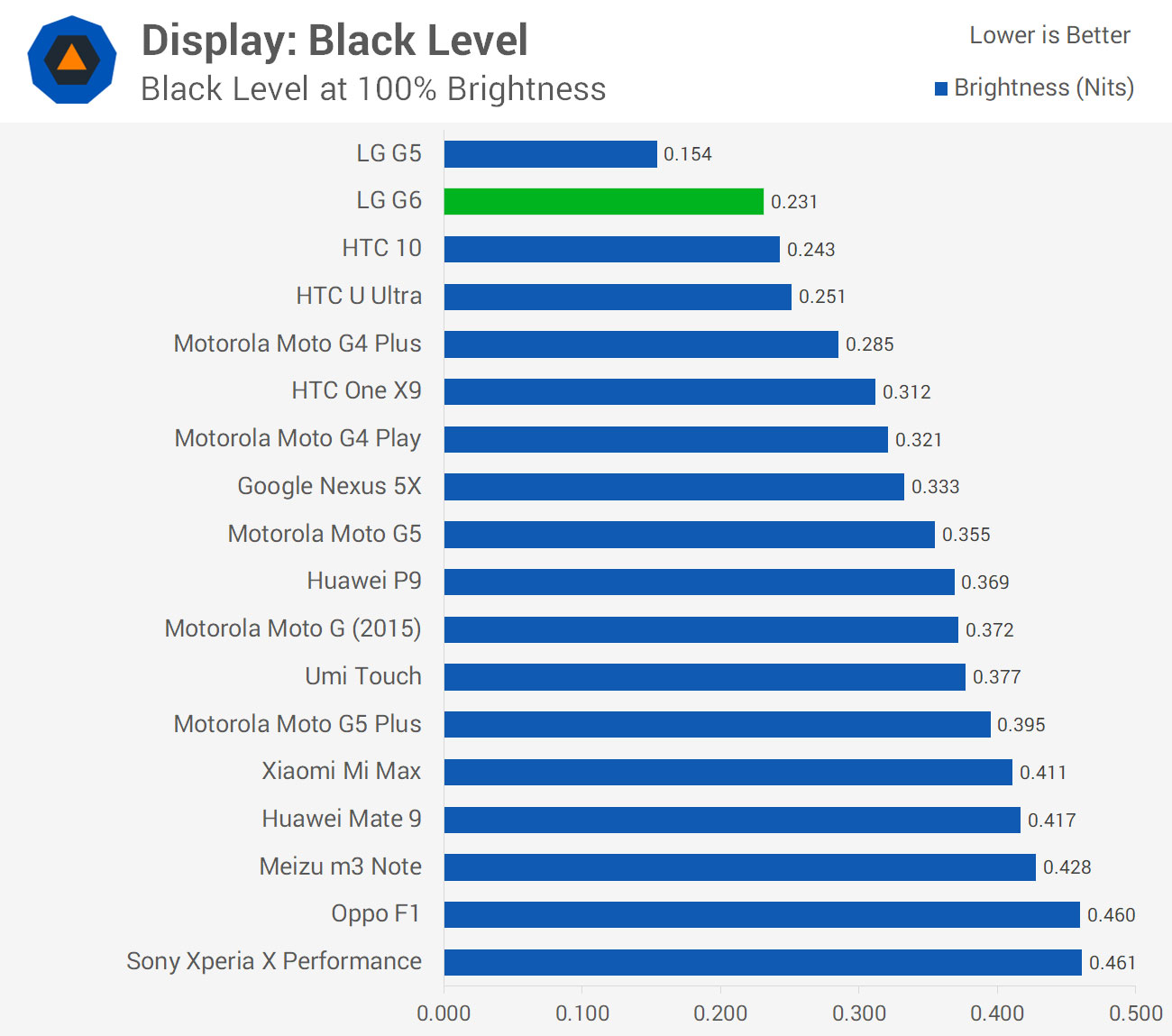
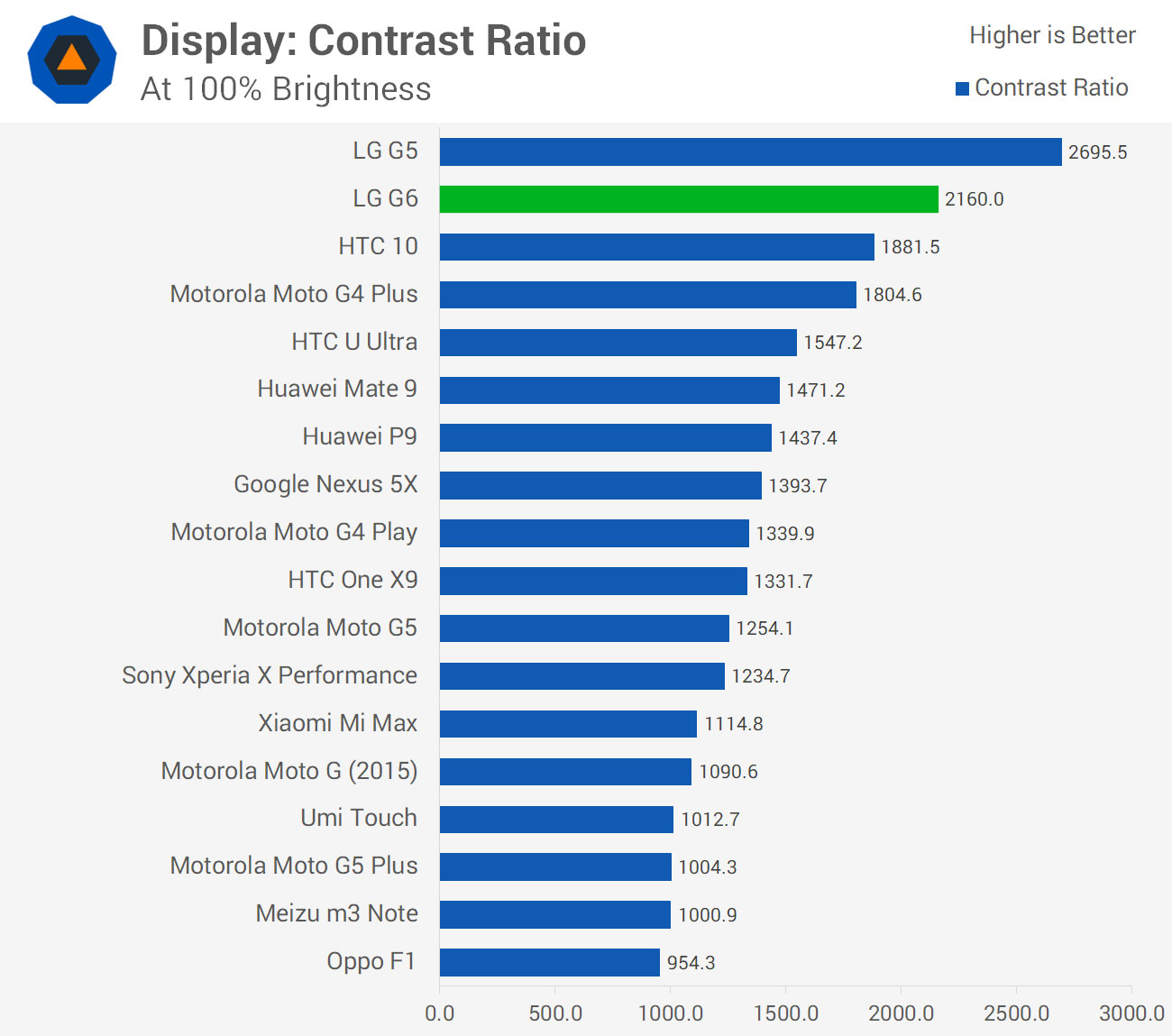
Aside from the aspect ratio, what we're seeing here is another excellent LG LCD. Peak brightness exceeds 600 nits, which is a regression from the G5's 800+ nits, but still allows the display to be extremely viewable outdoors. Viewing angles are excellent for an LCD, as is the contrast ratio of more than 2100:1. Clarity is superb as well, outperforming similarly dense AMOLEDs due to a higher subpixel count.
In terms of color accuracy, LG has opted for a very cool display, with a color temperature falling in the 8200 to 8700K range. This creates a rather harsh and inaccurate viewing experience with somewhat of a blue tint. On top of that, the display uses a larger-than-sRGB gamut (118% of sRGB), which leads to oversaturation as Android does not support color management. The level of oversaturation isn't as great as the Galaxy S8, and the display in general looks impressive, though it won't please those who prefer an accurate experience.

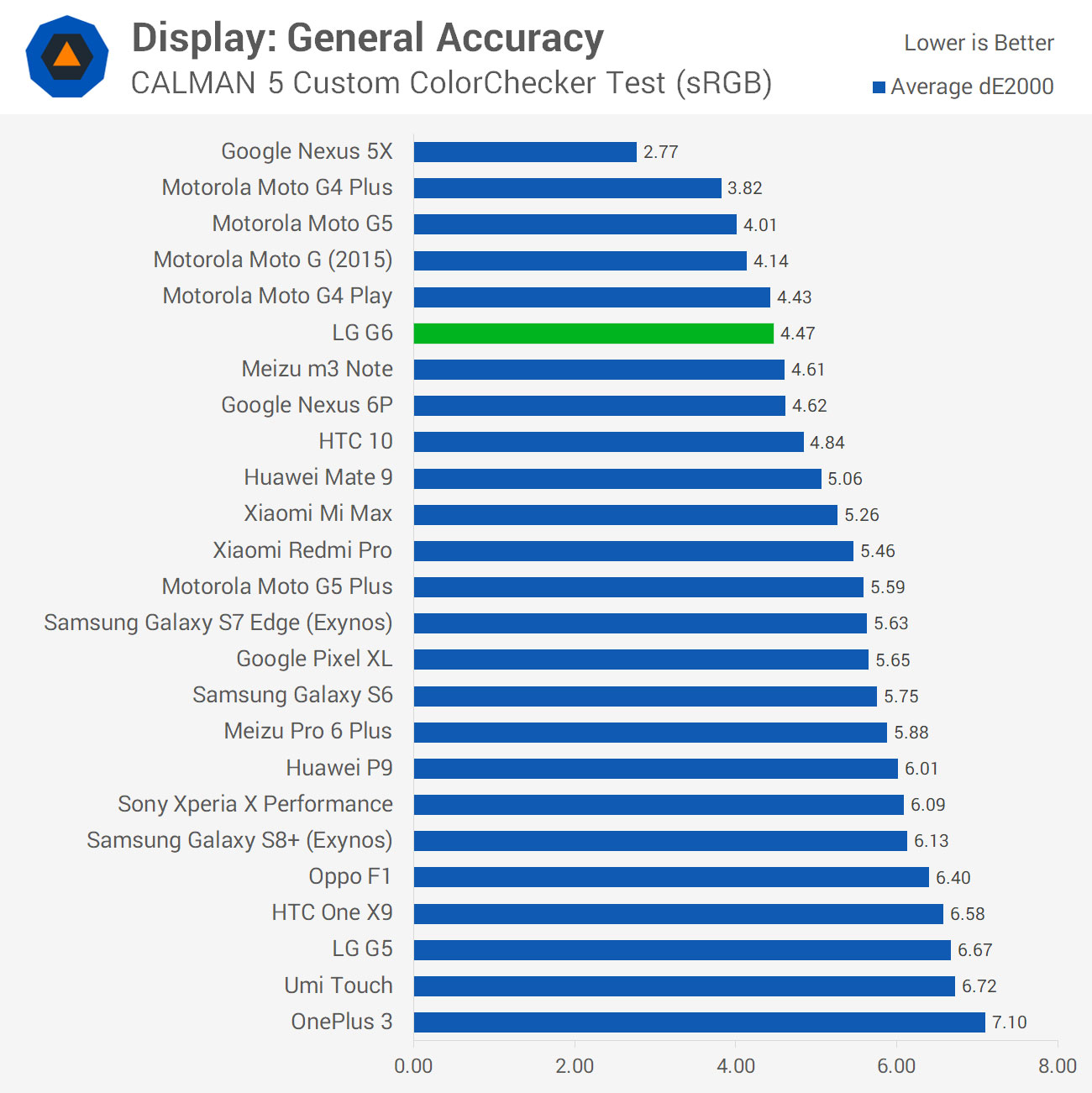


There is good news, though. The LG G5 was one of the least accurate smartphone displays I've ever tested, but the G6 is far better when compared to other phones at their default display modes. Across our tests it still falls comfortably outside what we'd consider to be 'accurate', though I'll happily take an improvement in this regard. It's actually hard to believe the G5's display was even colder than the G6 out of the box.
The main downside is the G6 does not include any way to adjust the color performance of the display, through display modes or otherwise. There is a low blue light filter that tints the display warm yellow for comfortable reading, but it doesn't really improve the display's performance. So when the G6 is pitted against other phones set to their 'best' display modes, it falls behind the pack leaders such as the Samsung Galaxy S range.
I did appreciate the inclusion of an always-on display mode that displays important information such as the time, battery and notifications even when the screen is 'off'. It's surprising to see this feature on a phone with an LCD rather than an AMOLED, as AMOLEDs can turn off pixels for a more power-efficient always-on display, however LG seems to have managed the standby power consumption of the always-on mode very well. I'd even say the handset outperforms the Galaxy S8 in this regard.
